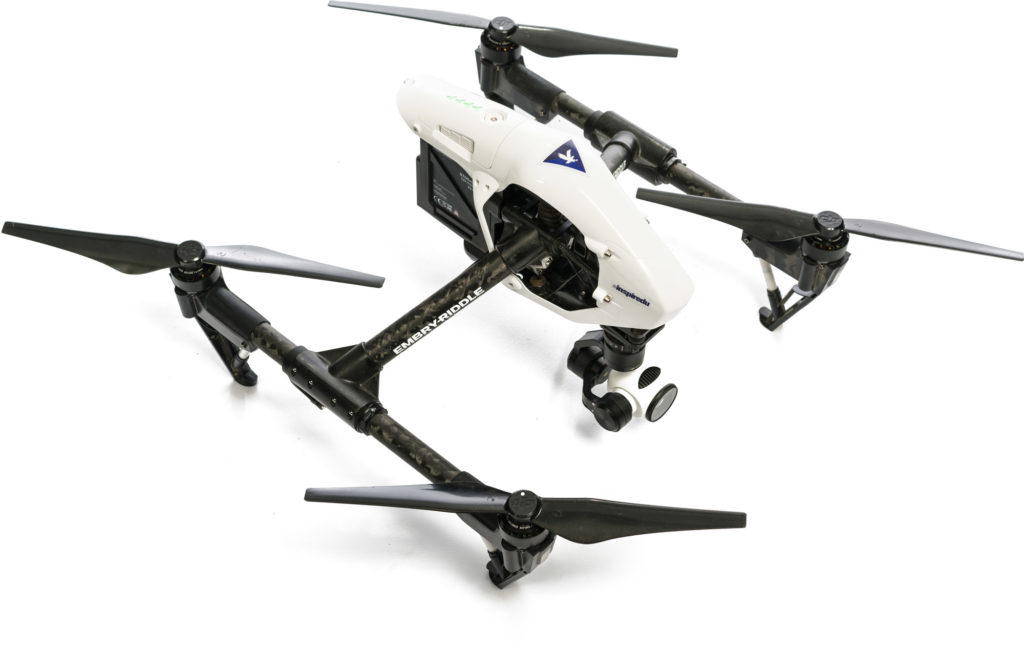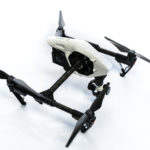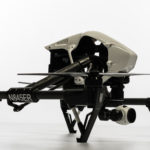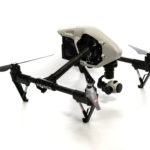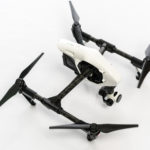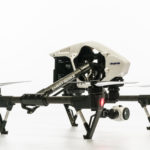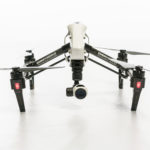Summary
The DJI Inspire 1 is an extremely well designed, constructed, and packaged system that sets the standard for “prosumer” sUAS. The Inspire’s high scores across most of the individual measures indicate it can be very useful for conducting outdoor multirotor operations, ensuring safety, and supporting more advanced uses. The system scored higher than average for maximum speed, camera quality (top scorer), communication range (top scorer), utility, critical metrics, construction quality, operational ease, availability and accuracy of reported values, and user support (top scorer); and less than average for endurance, payload capacity, and pricing (most-expensive). As with other DJI products, it provides the ability to interface a personal smart-device (using DJI Go app to unlock additional capabilities and advanced features) and the system is capable of being configured to carry other payloads, including an infrared camera produced in partnership with FLIR. This system also presents some significant limitations, such as required user registration, mandatory update of firmware (requires user internet access and creation of a personal account), and inability to be operated in areas designated by the manufacturer as No Fly Zones (even when authorized to do so through appropriate FAA approval). The Inspire is a very high-performance, professional option, but it is not an ideal system for a novice operator due to its size, power, weight, and inertial potential (presents a safety risk). If operated by a inexperienced pilot, experience should first be gained using simulation and smaller, less capable platforms, and then under the direct supervision and combined control (i.e., dual control) of an experienced operator. This system provides very advanced features and capabilities, useful for outdoor operations in support of aerial filming, training, or research, as long as those activities are outside of specified DJI No Fly Zones. A mechanism for accommodation of FAA operational approval, would increase the outdoor usability of this system.
Features
- FPV enabled (WiFi/digital, 5.8GHz, 720p streaming to smart-device app)
- Aerodynamic, transforming design, featuring intelligent power management and visual/ultrasonic positioning systems
- Automatic flight assistance (auto-hover, No Fly Zone, and geofencing)
- Live GPS map, HD video display, camera controls, and simulator on DJI Go app (smart-device)
- Zenmuse three-axis gimbal and camera – 4K/30fps HD video and 12 MP imagery
- Ergonomic control featuring multiple user operation, smart-device mounting, and built-in WiFi (3.1 mile range)
- MicroSD storage
- 4,480 mAh Intelligent Flight battery (4S 15.2V LiPo)
Additional Specs
- Max Speed: 42.76 kts
- Endurance: 18 mins
- Payload Capacity: 1.03 lbs
- Maximum Photo Resolution: 12.76 MP
- Video Resolution: 4K
- Price: $3,421 USD (as tested)
- Communication Range: 16,368 ft
- Battery Capacity: 4,480 mAh
More information at the DJI website.

Strengths
- Very robust system, high quality construction and durability (highest scoring construction quality)
- Good controllability (and beginner mode) and responsiveness
- Repeat use exhibits practicality of many design features
- First “prosumer” sUAS introduced to the market
- Power level indicator on battery
- High degree of documentation and support (100% critical metrics identified, accuracy, and support); as with the DJI Phantom 3 there is a large user community
Weaknesses
- Requires smart-device to access full system functionality
- May be too advanced for a novice operator, potential exists for safety issues; high degree of potential inertia and performance can result in situations beyond the capability of novice operators (brief distraction can result in disorientation and loss of control)
- DJI Go app requires substantial user review to ensure all modes and settings are correctly configured; presents additional complication for a novice
- Elevated rotor configuration provides excellent stability and visibility, but it also subjects the camera payload to a higher degree of risk given a malfunction
- Requiring battery installation to change landing gear configuration (gear down) creates a potential safety issue (need to install, remove, and then reinstall)

